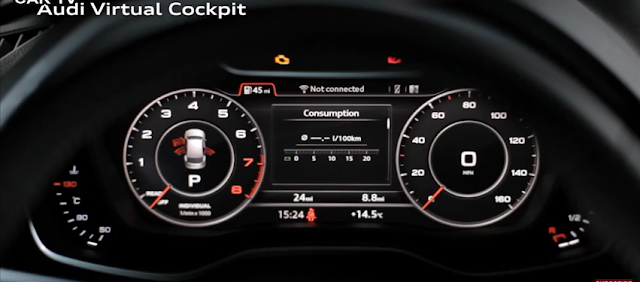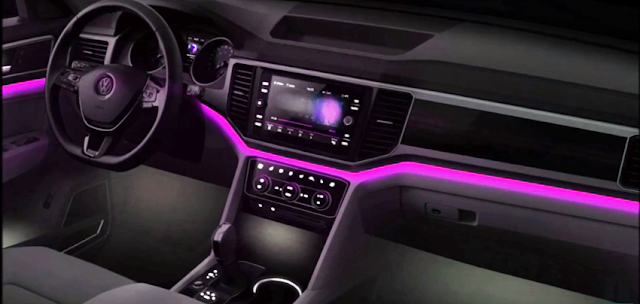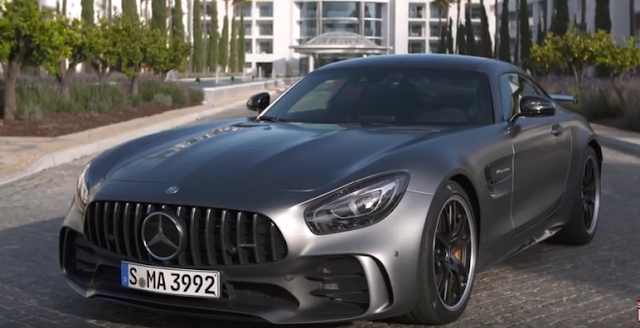
2017 Audi Q5 - Interior exterior design and vehicle features
2017 Model Audi Q5 Information on interior exterior design introductory videos and detailed vehicle features. The new Audi Q5 improves an already competent package with sharper looks and new tech but can it beat the Jaguar F-Pace?

Verdict (4 Star)
The new Q5 is strong enough in lots of key areas to be an even stronger contender in the hotly contested premium SUV class. It’s still not as involving as an X3 or an F-Pace, but it is an accomplished cruiser with a nicely finished cabin, and practical enough for most needs. We’ll hold off on a full five stars until we get full specs, including the crucial CO2 figures - but this is a very complete package, if a slightly predictable one.

The Audi Q5 has been one of the German brand’s best-selling models since it launched back in 2008. Now it’s getting an all-new generation - and Auto Express has driven a very late prototype as senior engineers gave the car the green light for production.

Due on sale at the start of 2017, with deliveries due from April, the new Q5 sits on a shortened version of the MLB Evo platform that underpins the latest Q7, and gets many of the same benefits. Chief among these is a loss of around 90kg compared with the car it replaces, helping engineers to deliver improved fuel efficiency and lower CO2 figures

This is all the more impressive given that the Q5 grows for its new generation; it’s now 4.66m long, 1.89m wide and 1.66m tall, so longer and a little taller than the car it replaces. Most significantly of all, its wheelbase grows by almost 20mm, to 2.82m; this is designed to bring real benefits in cabin space, particularly for rear-seat passengers.
The boot also grows, though; the rear seats can move fore and aft, and the angle of the seat backs can be changed, to prioritise load space or rear legroom, but the capacity ranges from 550 litres to 610 litres - a gain of around 10 litres over the old model. Fold the split rear seats down and this space grows to 1,550 litres. As with Mercedes’ GLC, a powered tailgate comes as standard across the range; Audi will also offer the ability to open the boot by waving a foot below the rear bumper, albeit as an option.

Inside, the fascia has the latest Audi family look. The centre of the dashboard is dominated by a ’floating’ infotainment display, controlled as usual by Audi’s MMI dial between the front seats. The optional top spec system increases the screen size to 8.3 inches and incorporates a touchpad into the rotary button to allow handwriting gestures.
Audi’s Virtual Cockpit is also offered; it replaces the instrument display with a single 12.3-inch screen, and as usual, the driver can flick between a regular layout - with large dials for speed and revs - and one that shrinks those elements to prioritise the navigation map instead.
Three engines will eventually be offered on the Q5 in the UK - though only two will be available at launch. The mainstay of the range will be a 2.0-litre four-cylinder diesel engine producing 188bhp and 400Nm of torque.
Read More http://www.autoexpress.co.uk/audi/q5/

























